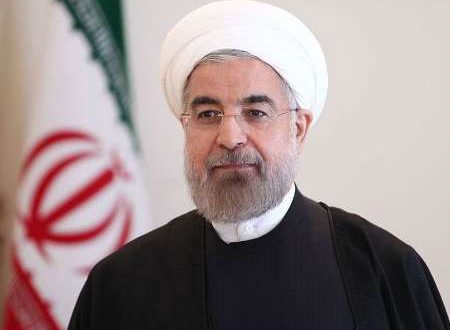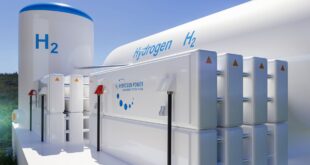President Hassan Rouhani in Khuzestan Province Thursday inspected a major environmental project. known as AMAK. which is designed to collect high volumes of associated petroleum gases (APG) that burn off every day. The project also seeks to curb the emission of toxic gases in and around oilfields.
Bijan Namdar Zanganeh. the oil minister. Massoumeh Ebtekar. head of the Department of Environment and Intelligence Minister Seyyed Mahmoud Alavi accompanied the president. the Oil Ministry`s news agency Shana reported.
The project`s second development phase. which is reportedly near completion. is aimed at preventing the flaring of nearly 7 million cubic meters of associated gases per day at five oilfields in the oil province. namely Ahvaz. Abteymour. Mansouri. Koupal and Maroun.
Government officials say Iran has the highest rate of energy waste in the form of APG in the Middle East. and ranks third in the world in terms of gas flaring. According to a report by the Majlis Research Center. up to 17 billion cubic meters of gas is burned off in Iran annually which means $4-6 billion loss for the treasury.
AMAK is an effort to capture what are known as `acidic gases` – gaseous emissions produced during the process of sweetening crude oil.
Acidic gases. such as carbon dioxide and hydrogen sulfide. can cause dizziness. headache. visual and hearing dysfunction. and unconsciousness within a few minutes to an hour. while exposure to high levels of acidic gases can be lethal.
According to Qodratollah Aqaei. the director of AMAK. $320 million has been invested in the environmental project since its inception 15 years ago. Officials say flaring 12 billion cubic meters of APG has been prevented since the first phase of AMAK project came on stream in 2008.
The flaring of APG is controversial as it is not only a pollutant and a source of global warming but also a waste of a valuable fuel source.
The second phase of AMAK is expected to go on stream in two weeks. The scheme will help reduce air pollution in Ahvaz. Zanganeh was quoted as saying by Tasnim News Agency on Thursday.
He said the Oil Ministry`s policy is to steer clear of any activity that may damage the environment. particularly in the Hoor al-Azim Wetland (in Khuzestan) which has been a locus of Iran`s oil exploration activities.
Obsolete oil extraction methods at Hoor al-Azim. which is a lagoon between Iran and Iraq. have rendered the once thriving wetland all but desiccated. According to observers and analysts. the wetland`s decay is one of the main reasons for the exacerbation of dust storms in Khuzestan in recent years.

 Iran Energy News Oil, Gas, Petrochemical and Energy Field Specialized Channel
Iran Energy News Oil, Gas, Petrochemical and Energy Field Specialized Channel



